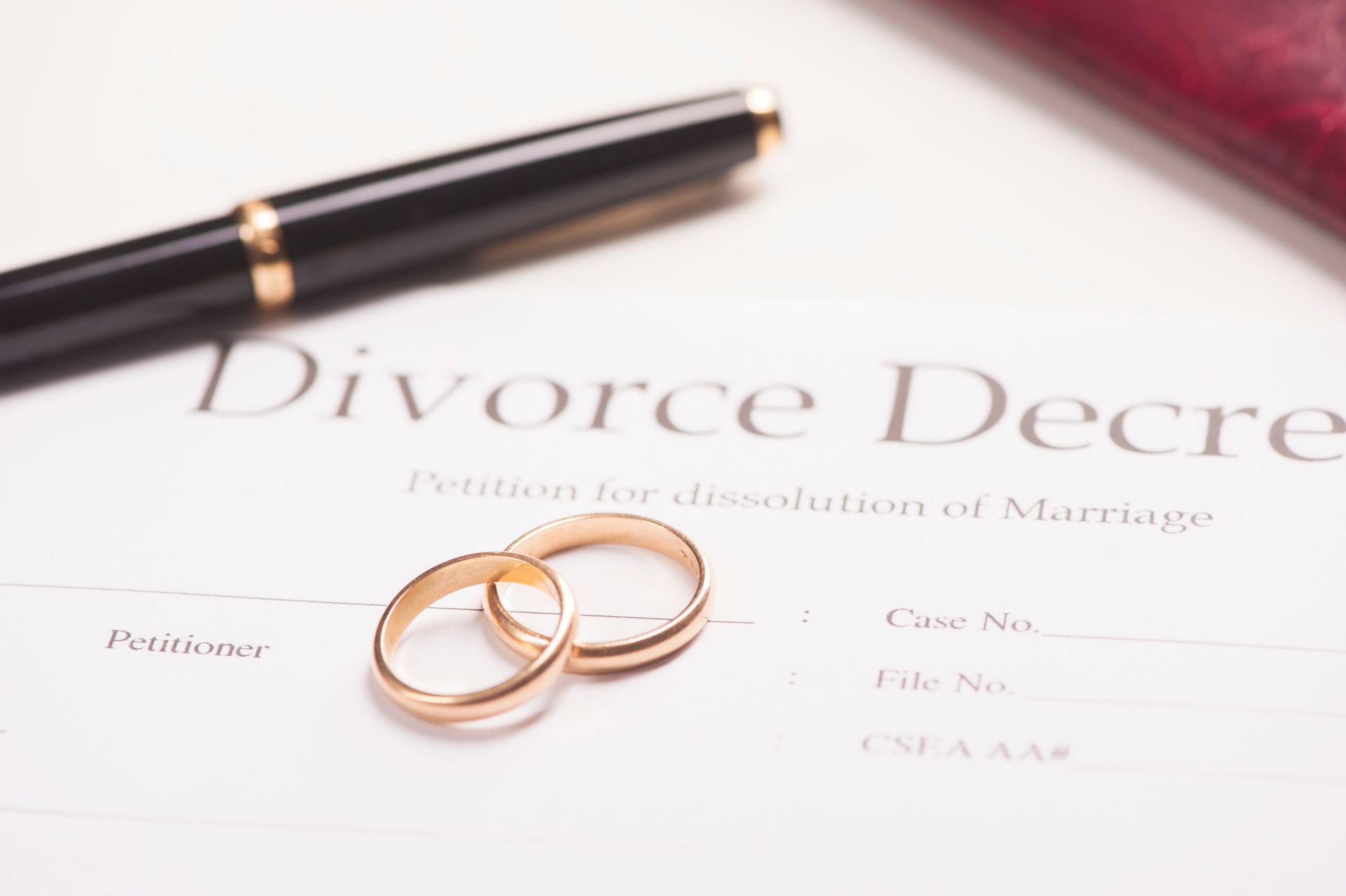What is the Process for Filing for Divorce with a Lawyer?
A Step-by-Step Guide to Navigating the Divorce Process with Legal Support

Filing for divorce is a big decision and can be overwhelming. If you're considering divorce, it's important to understand the process and know what to expect. Working with a lawyer can help guide you through the legal aspects and ensure your rights are protected. In this blog, we’ll break down the process of filing for divorce with a lawyer, from your first consultation to finalizing the divorce.
Why Hire a Lawyer for Your Divorce?
Divorce can involve many complex issues, such as dividing assets, determining child custody, and deciding on alimony or spousal support. A lawyer can offer legal advice, represent you in negotiations, and ensure you get a fair outcome. Having an experienced lawyer by your side can reduce stress and help you avoid mistakes during the divorce process.

Step 2: Filing the Divorce Petition
Once you’ve decided to proceed, your lawyer will file a divorce petition with the court. This document outlines the reasons for your divorce and any relief you're requesting, such as child custody, support, or asset division. After the petition is filed, the court will schedule a hearing or mediation session.
You, as the petitioner, will need to serve the divorce papers to your spouse, informing them of the proceedings. Your spouse will have a chance to respond to the petition.
Step 3: Negotiating the Terms of Divorce
Next, your lawyer will help you negotiate the terms of your divorce. This includes decisions about:
- Division of property: Deciding how assets and debts will be split between you and your spouse.
- Child custody and visitation: Determining who will have primary custody of the children and how visitation will be arranged.
- Spousal support: Discussing whether alimony is necessary and, if so, how much will be paid.
You and your spouse can reach an agreement on these issues through negotiation or mediation. If an agreement is reached, it can be submitted to the court for approval. If you can’t reach an agreement, the case may go to trial.

Step 4: Mediation or Court Hearing
In many cases, couples use mediation to avoid a lengthy and expensive trial. A mediator, a neutral third party, helps both sides reach an agreement. Mediation can be less stressful and more affordable than going to court.
However, if mediation doesn’t work or if you and your spouse can’t agree on certain issues, the case will go to a court hearing. During the hearing, both parties will present evidence, and a judge will make decisions based on the facts and applicable laws.

Step 6: Post-Divorce Issues
Even after your divorce is finalized, there may be ongoing matters to handle, such as modifications to child custody or alimony. Your lawyer can assist with these post-divorce issues and help ensure that the terms of the divorce are being followed.
Filing for divorce can feel like an overwhelming process, but having a lawyer guide you through it can make the process smoother and less stressful. From filing the initial petition to negotiating the terms and finalizing the divorce, your lawyer will ensure that your rights are protected and that you receive a fair outcome. If you’re considering divorce, it’s important to consult with a trusted family law attorney to help you make informed decisions.
If you’re facing a divorce and need professional support, contact us today for a consultation. Our experienced divorce attorneys are here to guide you through every step of the process. Let us help you navigate this challenging time with confidence.



